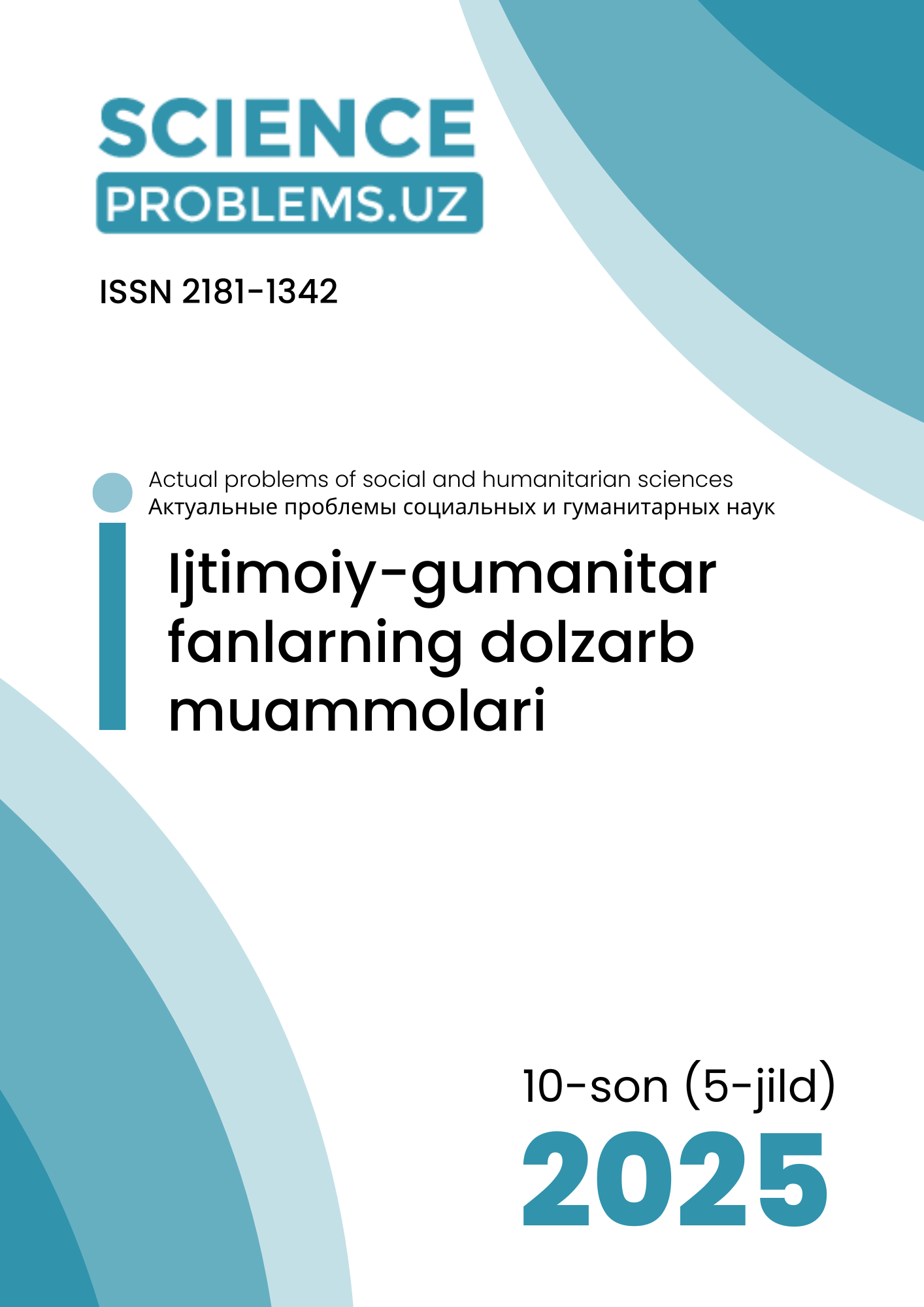GRAMMATICAL PECULIARITIES OF THE FORMATION OF CRIMINAL LINGUISTIC UNITS IN ENGLISH AND UZBEK LANGUAGES
DOI:
https://doi.org/10.47390/SPR1342V5I10Y2025N50Keywords:
Forensic linguistics, grammatical features, English language, Uzbek language, criminolinguistic units, authorship identification, legal linguistics.Abstract
This article examines the process of forming criminolinguistic units in English and Uzbek, as well as their grammatical features. In forensic linguistics, language units serve as evidence not only at the lexical but also at the grammatical level. Therefore, special attention is given to the analysis of affixes, word order, functional words, and sentence structures in speech samples related to criminal activity. The grammatical systems of English and Uzbek are compared to identify their similarities and differences. The findings of the study may be useful in forensic expertise for authorship identification, analysis of criminal messages, and the detection of hidden meanings in discourse.
References
1. Abdugafforzoda A. R. The role of stylistic means in the formation of criminological units in english and uzbek. EduVision: Journal of Innovations in Pedagogy and Educational Advancements, 1(4), 2025. – P.525-532.
2. Coulthard, Malcolm, and Alison Johnson. An Introduction to Forensic Linguistics: Language in Evidence. – London: Routledge, 2007.
3. Hiltunen Risto. Some Complex Types of Embedding in Legal English. Proceedings from the Second Nordic Conference for English Studies, Hanasaari/Hanaholmen, 19-21 May, 1983.
4. Ismoilova D. Criminal terminology in english and uzbek languages. American Journal of Philological Sciences, 3(03), 2023. – P.53-58.
5. Luna Erik, ed. Reforming Criminal Justice. Vol. 2, Policing. Phoenix: Arizona State University, 2017.








